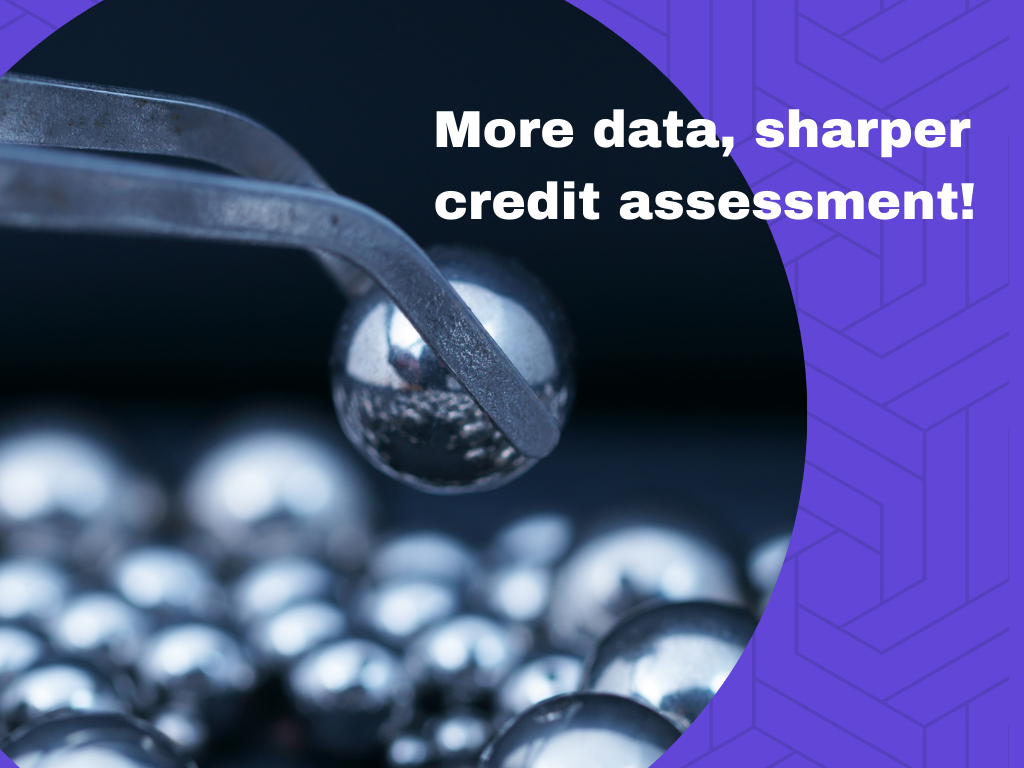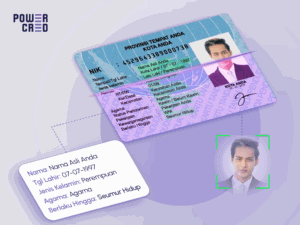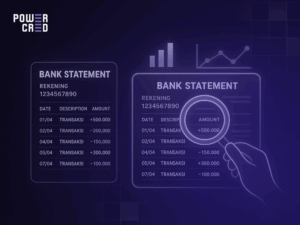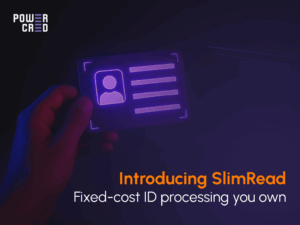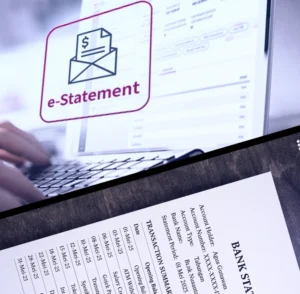Underwriting, as it stands today, has evolved beyond traditional credit scores and income statements. It is now a strategic game that involves lots of data.
Thanks to rapid digitisation, a borrower’s creditworthiness can now be gauged from the digital footprint they leave behind. The key, however, is to choose the right data-source, connect the dots, and gain a true sense of the borrower’s financial picture – all while maintaining compliance and great customer experience.
In this blog, we explore the diverse data sources available to lenders in Southeast Asia, each offering unique insights into borrower creditworthiness. Let’s begin!
Sources of Data
Mobile Wallet Transactions: A report by Visa states that 79% of Southeast Asia now uses e-wallets. In Indonesia the number is as high as 92%, followed by Malaysia and Philippines at 87%. This presents an opportunity for lenders to leverage this data and provide in-context credit offerings – especially to cohorts that prefer to use this mode of transaction over others. These digital transaction trails come in handy for small-ticket loans on online platforms.
Find out how lenders in Southeast Asia can cash in on the rise of e-wallet adoption here.
Digital Platforms and Marketplaces: The Southeast Asian market has a thriving digital economy – with the top six sectors being e-commerce, food delivery, transport, online travel, online media, and financial services. Furthermore, it is estimated that 88% (402 million) of the SEA population (> 15 years) will be digital customers by 2027.
What does this mean for lenders? Access to (consent-driven) data that can enrich underwriting for a diverse cohort of borrowers. This allows lenders to offer super-specialised products based on specific use cases. For instance, if a lender is looking to extend loans to merchants on a digital marketplace, they can analyse the borrower’s sales and inventory on the platform.
Additionally, cross-verifying data on the platform can help detect bad borrower behaviour and fraudulent activity.
It is, however, important to note that the data collection must operate within a transparent and consent-driven framework.
Digital Identity Platforms: Recent years have seen governments across the globe, including those in Asia, develop a one-stop platforms for digital document storage. The apps don’t just serve as a means for citizens to store and access documents and records, but also enable businesses to access consent-based information through open APIs. For lenders, it also serves as a source for verifying financial data such as provident fund details and tax records – i.e., information that can help gain deeper visibility into a borrower’s financial information. Examples of digital identity platforms in Southeast Asia include Singapore’s SingPass, Malaysia’s MyDigitalID.
Automated Bank Statement Analysis: While bank statements remain fundamental, modern automated analysis unlocks deeper insights than traditional manual verification. Advanced transaction analyzers can identify financial behavior patterns, flag suspicious money circulation, and detect document tampering. This automated approach has become crucial as document fraud becomes more sophisticated and harder to detect through manual review.
While each of these data sources offers valuable insights independently, the real challenge lies in integrating them effectively into your underwriting process.
Making Data Work for You
Adding data sources inevitably impacts the customer journey. Successful implementation requires careful consideration of the customer experience, optimal data point selection based on context, and efficient data source selection. Ethical considerations, including explicit consent and transparency, must remain at the forefront of this strategy.
The Power of Data Triangulation
Multiple data sources enable cross-verification, enhancing accuracy in assessing creditworthiness. For instance, comparing bank statement income against digital identity platform tax records can validate income claims and flag discrepancies. This multi-source approach not only improves accuracy but also helps identify potential fraud patterns more effectively.
The future of underwriting lies in intelligent data leverage. Lenders who master this while maintaining low friction and high ethical standards will gain a significant competitive advantage in today’s growing digital credit landscape.
Want to make your bank’s credit assessment sharper? Connect with us.
